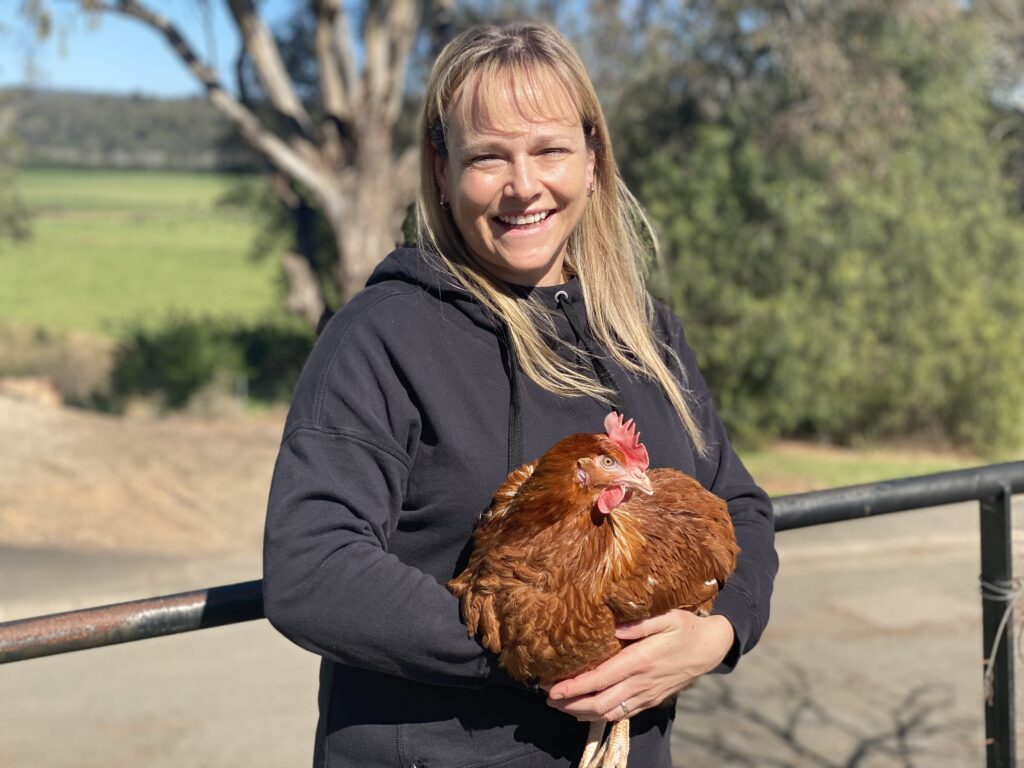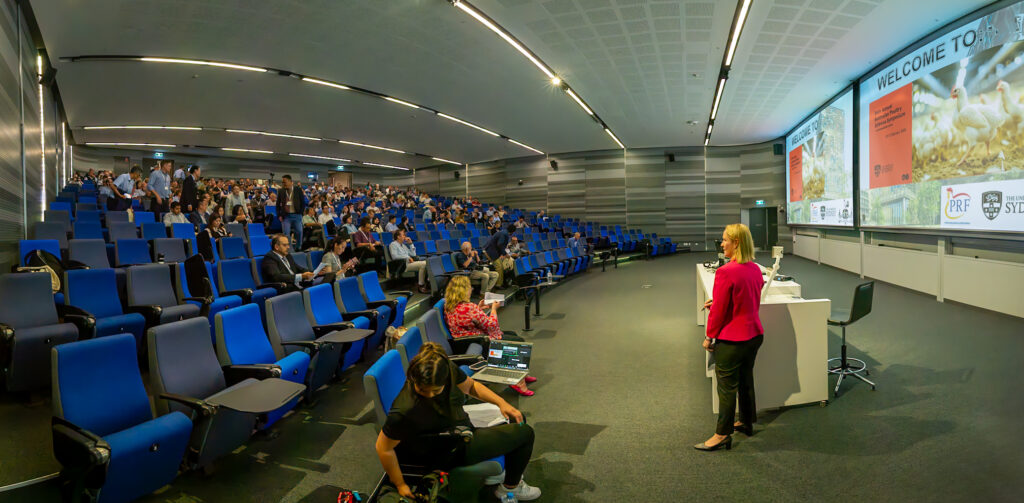Recent Poultry Health Studies by the PRF Team
By Peter Groves
Over the last three years our team, led by Associate Professor Peter Groves, has worked on important disease and food safety risks for the poultry industry. The team comprises of Professor Groves and PhD students Karen Gao and Christine Clark with major contributions from Dr Wendy Muir and Dr Mini Singh.
 Assoc. Prof. Peter Groves
Assoc. Prof. Peter Groves Karen Gao
Karen Gao Christine Clark
Christine Clark
Karen Gao’s project is the first analytical epidemiological study of Spotty Liver Disease (SLD – Campylobacter hepaticus) which is a major disease problem in free range egg layers. Three major surveys across the industry were conducted with important, world first outcomes. The presence of a scratch area inside the free range layer house emerged as a major risk factor for SLD. This makes biological sense as it increases the hens’ direct contact with fresh faeces, allowing spread and multiplication of the causative agent. Further investigation showed that mechanical ventilation systems, if used effectively, can decrease the prevalence and severity of the disease. A further finding implicated higher nest stocking density as being able to enhance the occurrence of SLD. These findings are assisting the industry cope with this difficult disease and will decrease the heavy dependence on antibiotic therapy that is currently necessary.
Christine Clark’s project looked at the novel strain of Salmonella enterica serovar Enteritidis that caused major disruption to the layer industry in NSW in 2018-2020 and also spread to Victoria and Queensland. We have limited vaccines against Salmonella for chickens in Australia, all of which target other serovars, notably Typhimurium. Christine’s project evaluated the ability of the local registered live Salmonella Typhimurium vaccine to provide cross-protection against this strain of serovar Enteritidis. She found that by injecting the live vaccine twice into rearing pullets there was partial protection afforded against infection establishing with this troublesome strain. This project has given the industry some confidence in their ability to protect the publica against this dangerous zoonotic bacterium.
Both projects have provided valuable information for the Australian egg layer industry as it is set to transition to cage-free production systems by 2032.
Latest news
Our events
- APSS 2025 Wrap-Up: Yet Another Record-Breaking Year!The Australian Poultry Science Symposium (APSS) 2025 has once again shattered records, cementing its place as the premier gathering for poultry industry professionals and researchers in the Asia-Pacific Region.
Connect with us:


